EX#6 科學動畫
課堂練習繳交期限
Deadline:
- End of session for draft
- This Saturday at 23:59 for final
課堂練習繳交方式
Send all the links to TA victorhuang111013@gmail.com and me chang212@gmail.com by email with subject EX#6 [your ID, your name]
製作你的科學動畫 (盡量用英文,不會英文用翻譯後再AI)
(主題自選*1,以下主題*1)
主題範例:
製作光合作用動畫


參考觀摩
光合作用
https://claude.site/artifacts/c0953a04-4f9e-4225-a627-b1a8289b392c
https://claude.site/artifacts/5fa1af26-1f70-4dd5-801d-06c034545647
https://claude.site/artifacts/9e09baf6-8382-42f1-8130-89f890fedad2
https://claude.ai/share/64b9c1e6-52c2-4799-aa88-8af8face44ae
https://claude.ai/share/159e828c-1f13-4b48-bfa1-d8774e4094f9
https://claude.ai/share/0a1bdeb8-c14b-40f9-b50d-6e952bc5ba88
https://claude.ai/share/d8a5630d-cf1b-4b77-a1c5-5bb23d53ca11
https://claude.ai/share/a41d8d9e-f110-4899-a92c-7e5b0f690230
https://claude.ai/share/73f70076-c3d6-4e79-b377-54283dc914a4
量子電腦
https://claude.site/artifacts/9a2f2a11-23ca-45a8-9b0c-3ecbf3c5283a
https://claude.ai/share/89ae2ef1-5676-4663-bab5-751b9ce9ab62
嗅覺
https://claude.site/artifacts/a69a54e3-66e0-4243-b3cc-fae9013def15
https://claude.site/artifacts/91d3dd0b-1e2c-400d-a35c-2cca6ad110bf
https://claude.ai/share/bfd51027-a9d8-4ef3-a772-a027bc33a19e







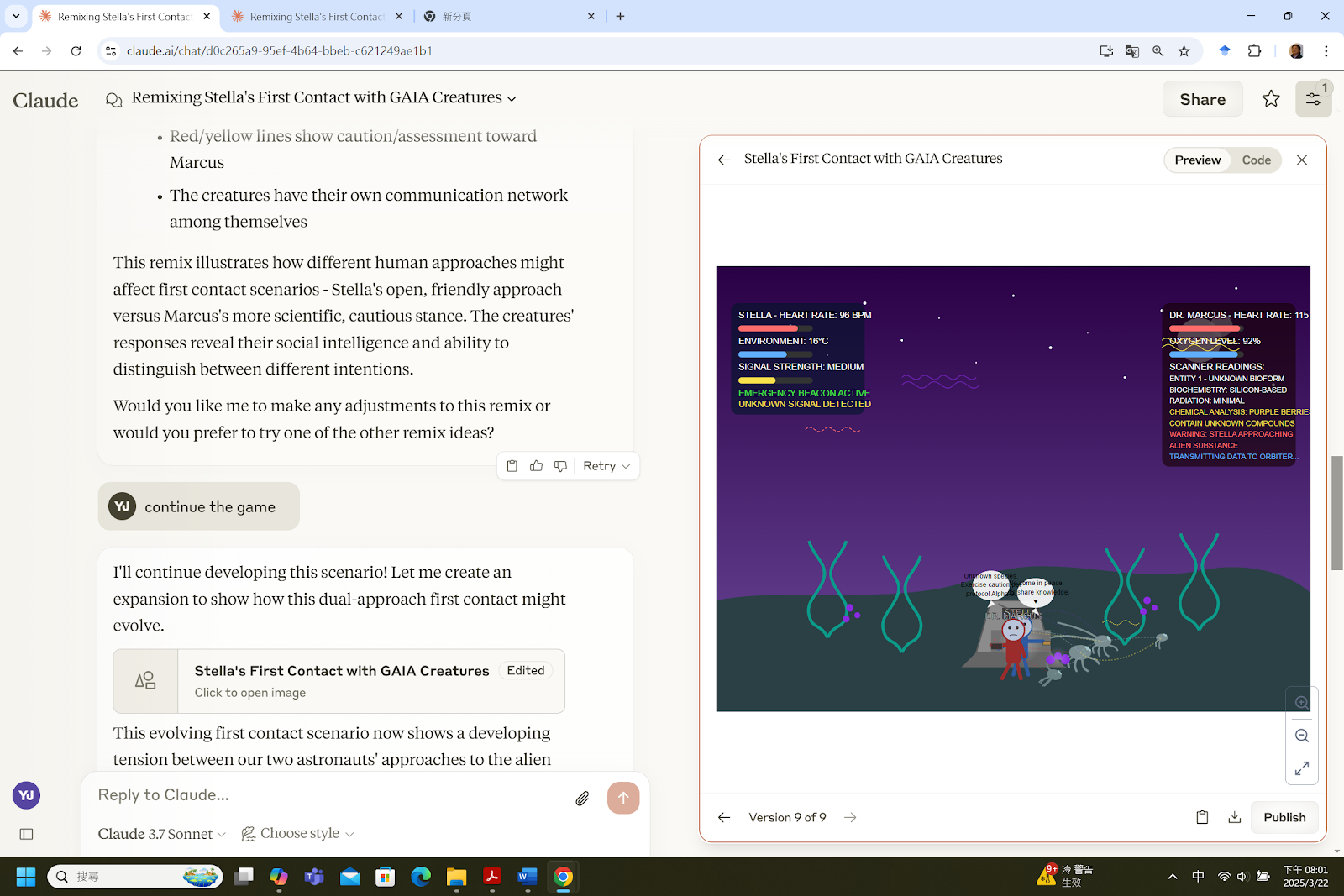



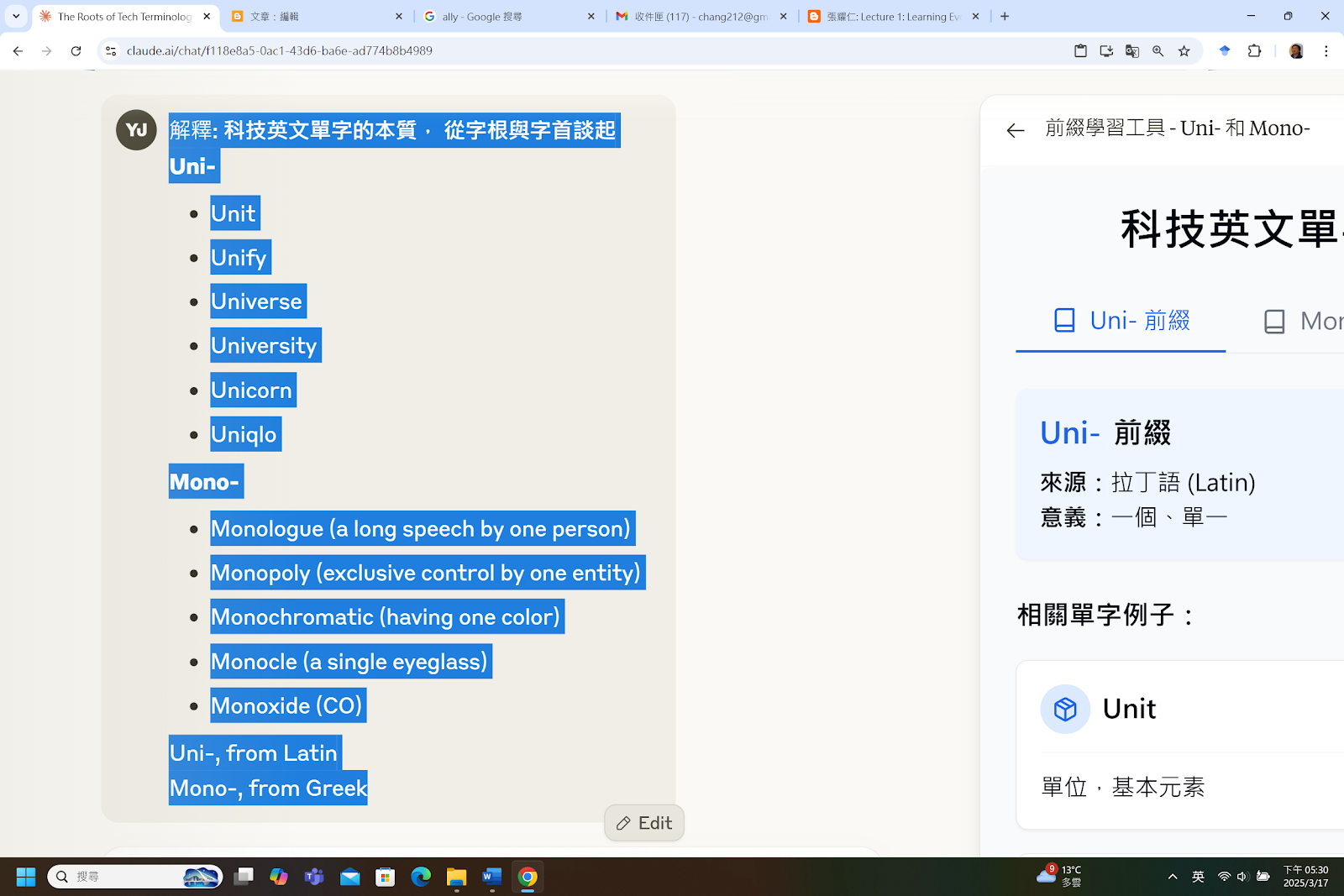


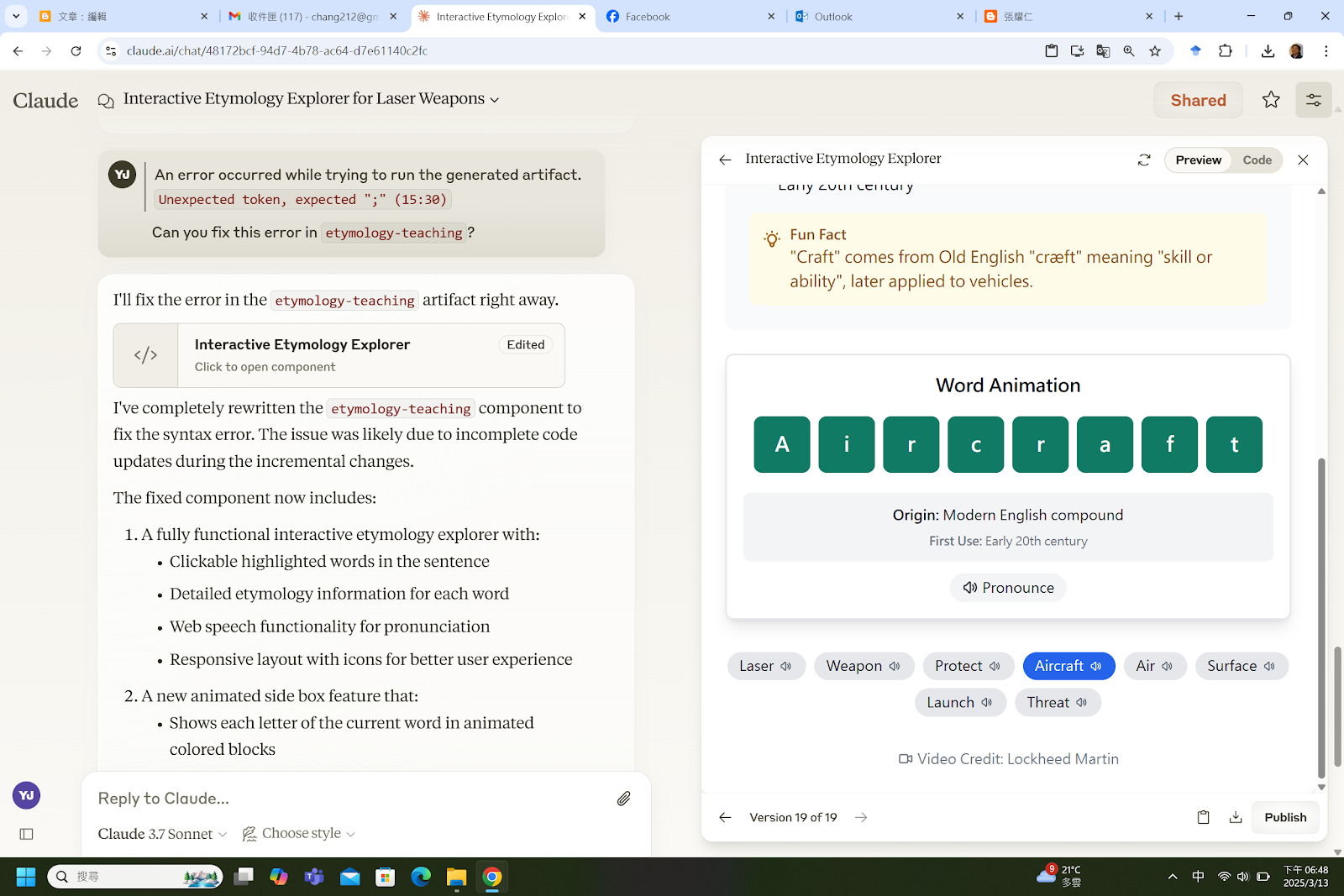
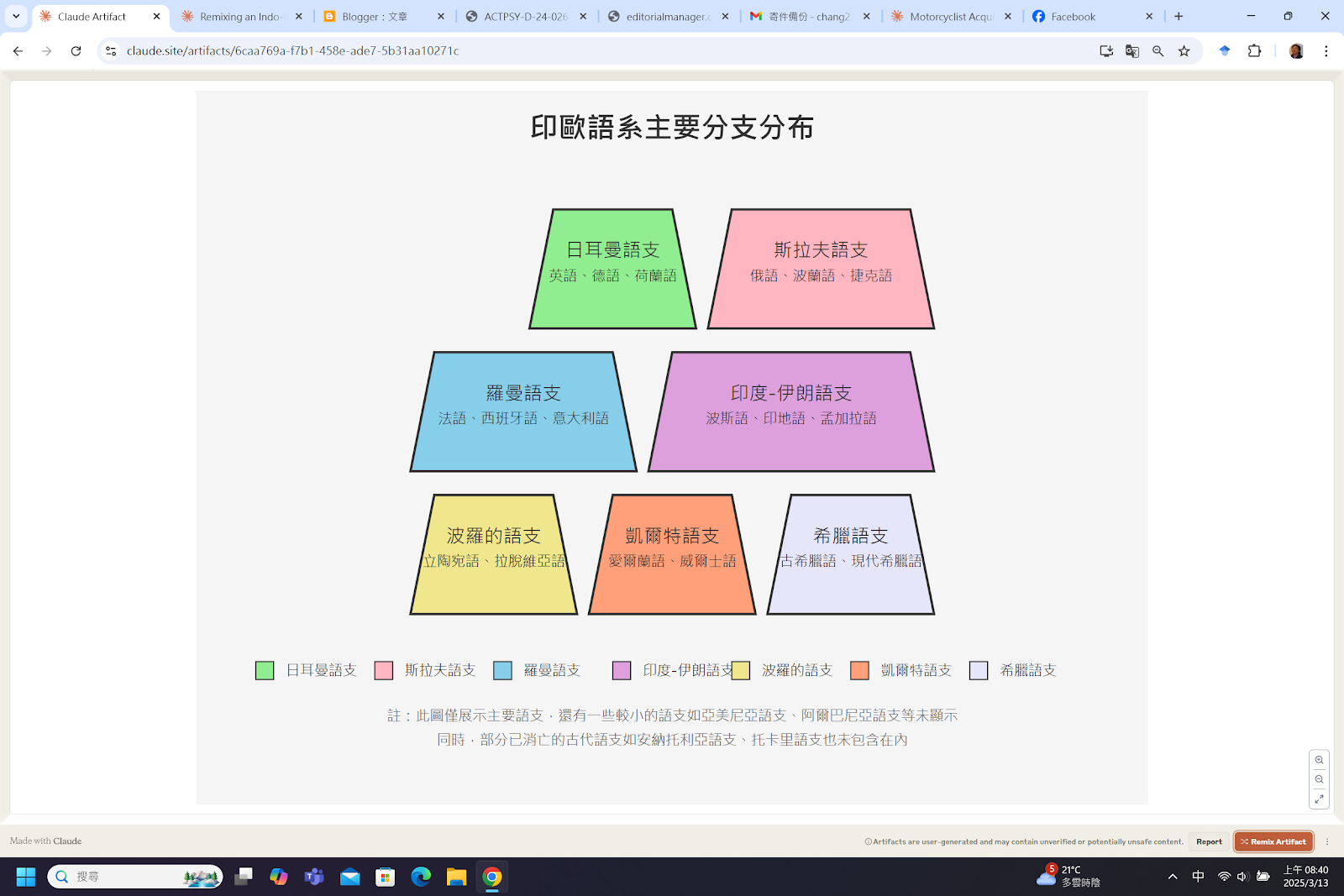


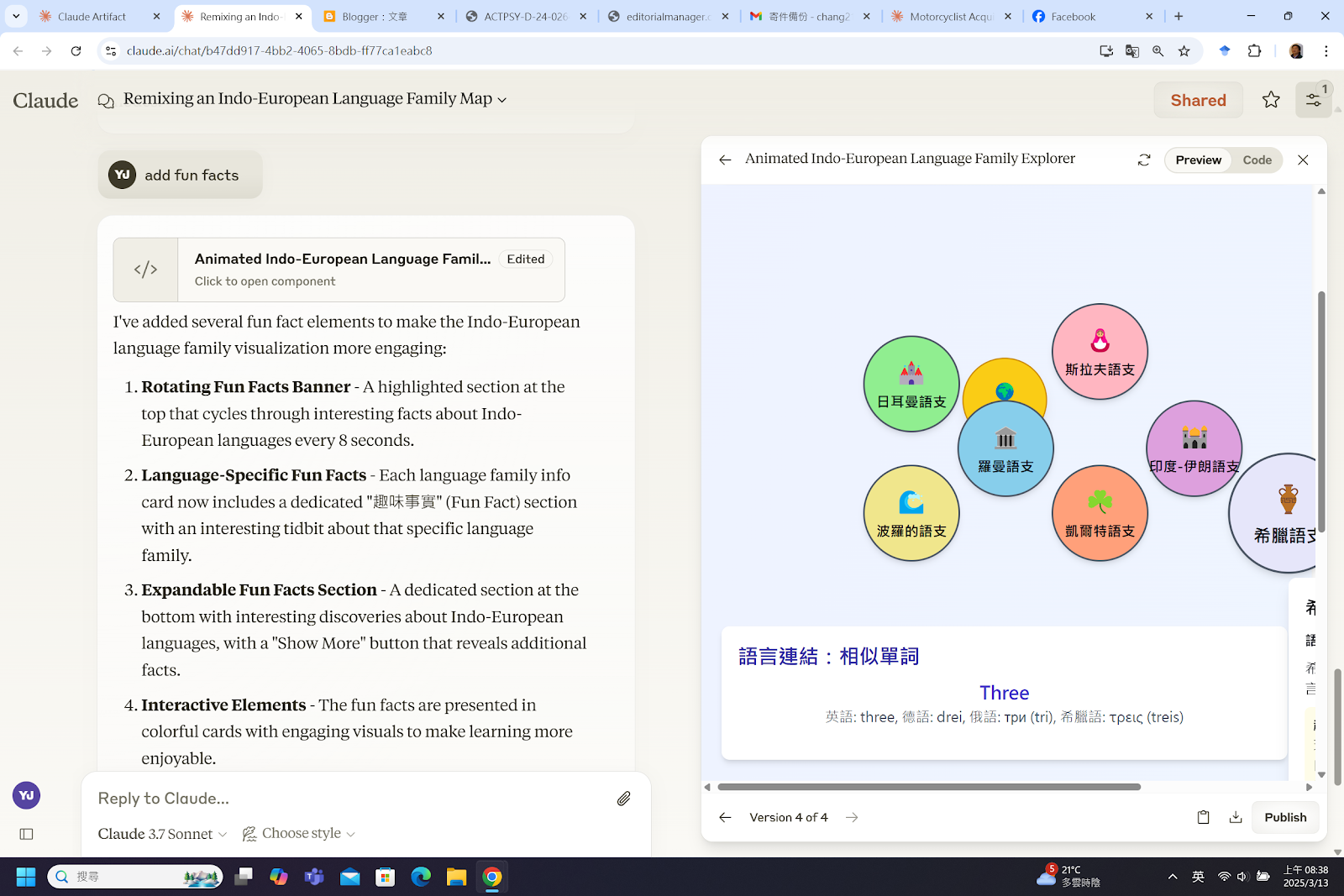
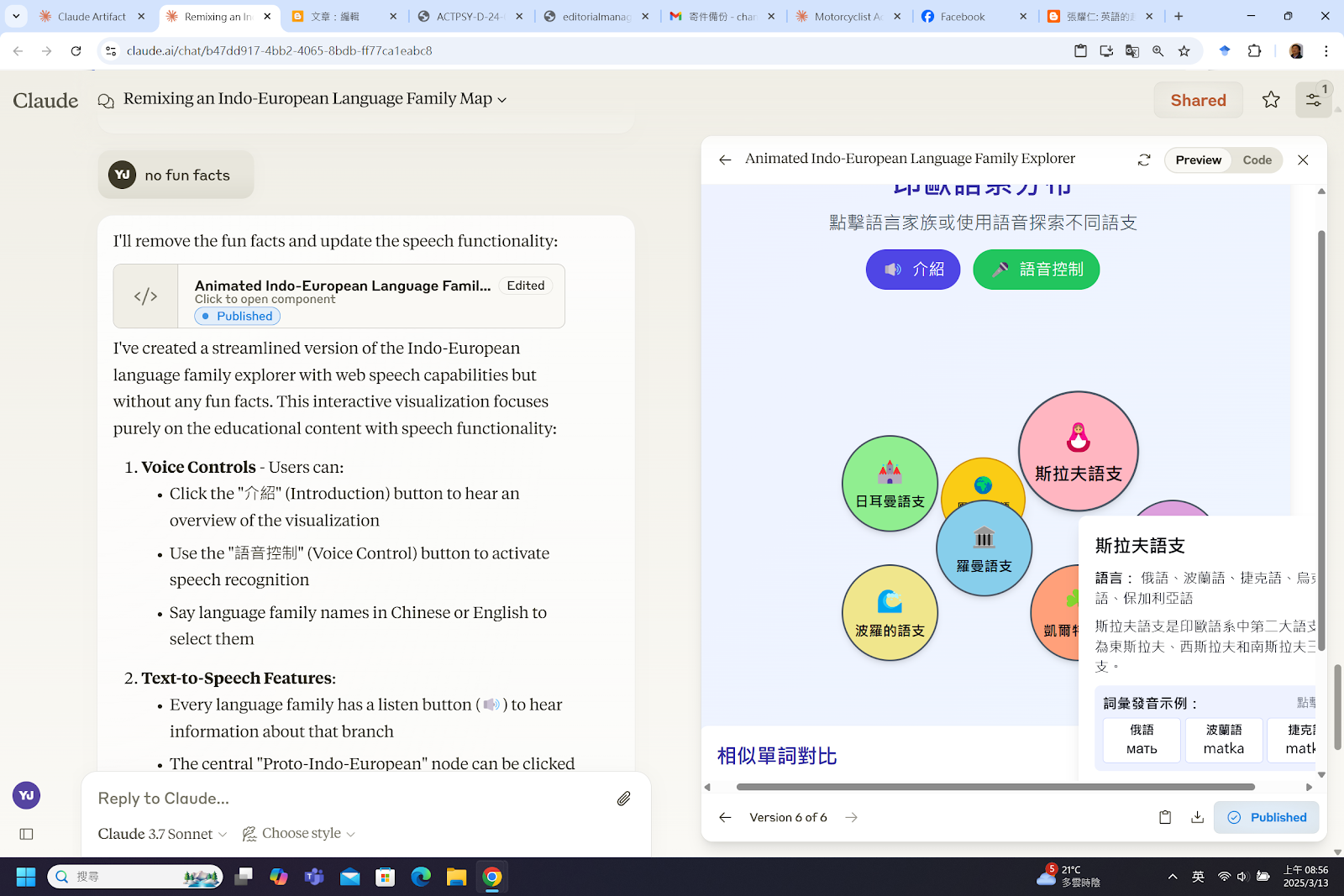


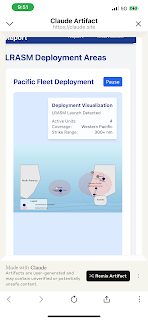





















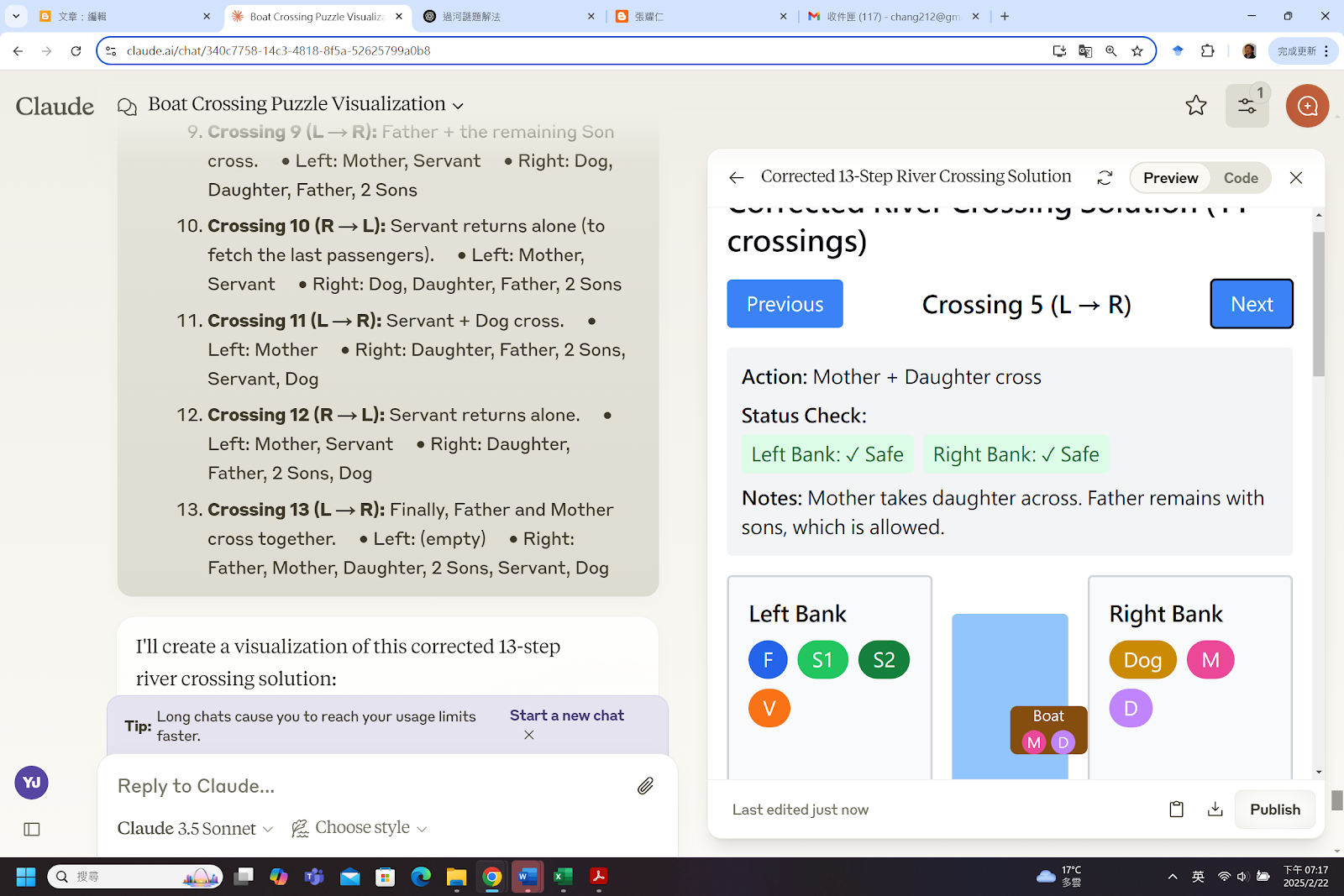




 本網站使用百分之百可回收電子
本網站使用百分之百可回收電子